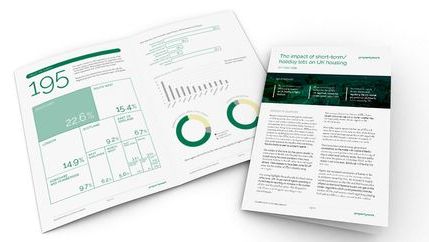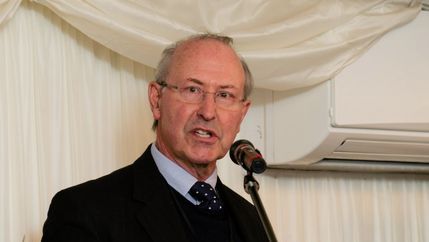
A crucial point for policy-making
The private rented sector (PRS) remains the only viable option for many people locked out of homeownership and social housing, but the residential housing supply is being lost to the commercial tourism market on a damaging scale, particularly in London and the South West.
There are an estimated 370,000 STL properties in England, and as progress towards rental reform picks up pace, our research shows that nearly 70% of private rented sector landlords see the short-term market, with its less burdensome standards and higher nightly rental income as a more attractive investment.
Worryingly, the lack of regulation means that STL properties are potentially unsafe, with no quality guarantee or route to independent redress. It is also easy for anyone to let out a property without any training or experience as the minimal checks in place on larger platforms are easily avoided by advertising through alternative channels.
Propertymark’s recommendations
Policy-makers must understand that the STL market is a more tax-effective and favourable regulatory option for new portfolio landlords, diverting investment from the increasingly high-tax and tightly controlled PRS. This imbalance contributes to increasing rents and a shortage of long-term homes.
We urge the UK Government to introduce a centrally-run licensing regime for STLs, with standards for the safety of homes and the suitability of hosts. The body responsible for the scheme should be well funded to ensure that applications can be quickly reviewed and approved.
Alongside STL regulation, there should be incentives to increase investment in the PRS, making the proposition for landlords more balanced and ensuring an adequate supply of homes is maintained.
Lessons from regulation in Scotland
A Short-Term Let Licensing Scheme has been in place in Scotland since October 2022 and has had some positive impacts. An implementation review published in August 2024 found that many applications identified improvements needed to properties, meaning they were brought up to standard, improving safety. Checks on the suitability of hosts have also improved consumer confidence in the sector.
Despite this, the Scheme has areas which need improvement. The process of approving applications has been slow, causing frustration amongst landlords, and there is evidence that a significant number of properties have not been captured at all. Data from Airbnb suggests there are over 8,000 more active listings in Scotland than the total number of licence applications received.
There are also inconsistencies in the way that licensing has been established across the country, with variations in local administration of the Scheme, different forms, policies and fees rather than a central system. This makes it more difficult for landlords to understand and comply with requirements and weakens buy-in.
Therefore, while the Scottish Scheme highlights the need for and potential benefits of regulation it also offers lessons for the UK Government to consider when designing an equivalent system for England.







